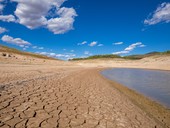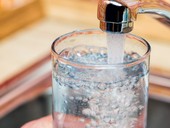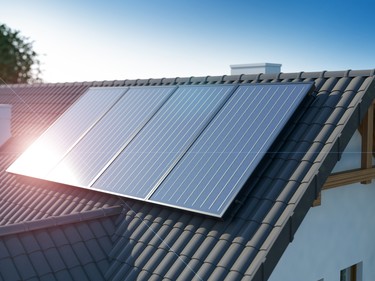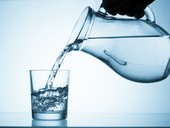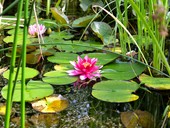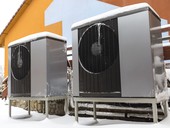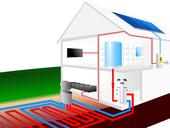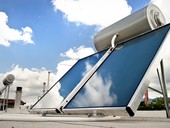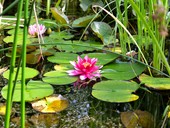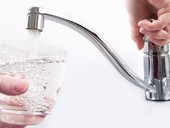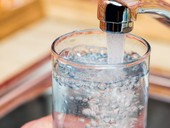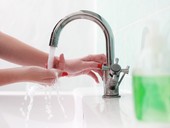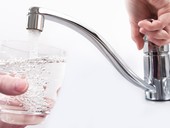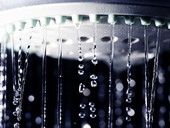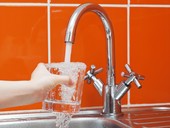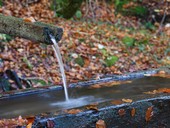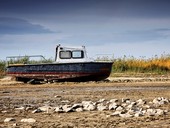More than 25% of agricultural land area in the Czech Republic (1.065 million ha) has been drained, thus a significant proportion of stream flow comes from tile drainage outlets, especially during hydrological events (RRE) such as snowmelt, summer storms and long periods of rain. Besides positive effects of soil aeration and productive function of agricultural lands, intensive land drainage has some negative effects on the environment such as shortening water residence time in the drained area, lowering the ground water table, and polluting shallow subsurface water with nitrates and pesticides.
This paper was focused to evaluate the loads of nutrients (nitrates, phosphorus) and pesticides from drainage systems during common low discharges and during RREs as a potential dangerous source of pollution of water sources. Second objective was to introduce some simple measure for mitigate the risk of subsurface sources of pollution.
In the case of N-NO3, the total load varied from 0.4 to 61 kg/ha/year, in the case of P-PO4 the load varied from 0.64 to 132 g/ha/year and in the case of total phosphorus the load estimation was from 1.2 to 304 g/ha/year.
R-R events had on average a 25% share of the total year runoff, 24% share of the N-NO3 load (from 2% to 86%), 42% share of the P-PO4 load (from 2 to 98%) and in the case of total P 40% (from 1 to 97%). This big load differences were caused mainly by the varying hydrologic connectivity of the particular subcatchments and also by the different number of events in different monitoring seasons.
When dealing with intensively-used drained agricultural lands with common drainage specific runoff (0.02–0.05 l/s/ha), the typical R-R event share was 50% of the total annual load of both forms of phosphorus monitored. While for sufficiently exact N-NO3 load estimation continuous measurement of drainage discharges and regular grab water sampling are important, the phosphorus load estimations were strongly underestimated even with the use of continuous discharge measurements. To obtain information about the dynamics of nutrient loads during the season and particular events, the monitoring must be improved by continuous sampling during R-R events.
Results of pesticides monitoring proved that drainage systems represent a significant source for pesticides leaching from agricultural land. Leaching of pesticide metabolites was mainly associated with baseflow and shallow interflow. It is often old and long – time burden with concentration varying 2 000 – 5 000 ng/l. Water from causal precipitation usually diluted their concentrations. The prerequisite for the leaching of parental compounds was a rainfall-runoff event occurring shortly after spraying, and the presence of event water in the runoff. When such situations happened consequently, pesticides concentrations in drainage water could be extremely high up to 200 000 ng/l) and the pesticide load reached several grams in a few hours.
The above mentioned results are useful for establishing effective monitoring systems for watershed management authorities and policy makers and also for realistic assessment of pollutant fluxes within the tile drained agricultural catchments. The results also proved the need to design measures in the areas most vulnerable by subsurface (drainage) pollution. As protective measures, grassing of recharges zones, biofilters and constructed wetlands were introduced.
